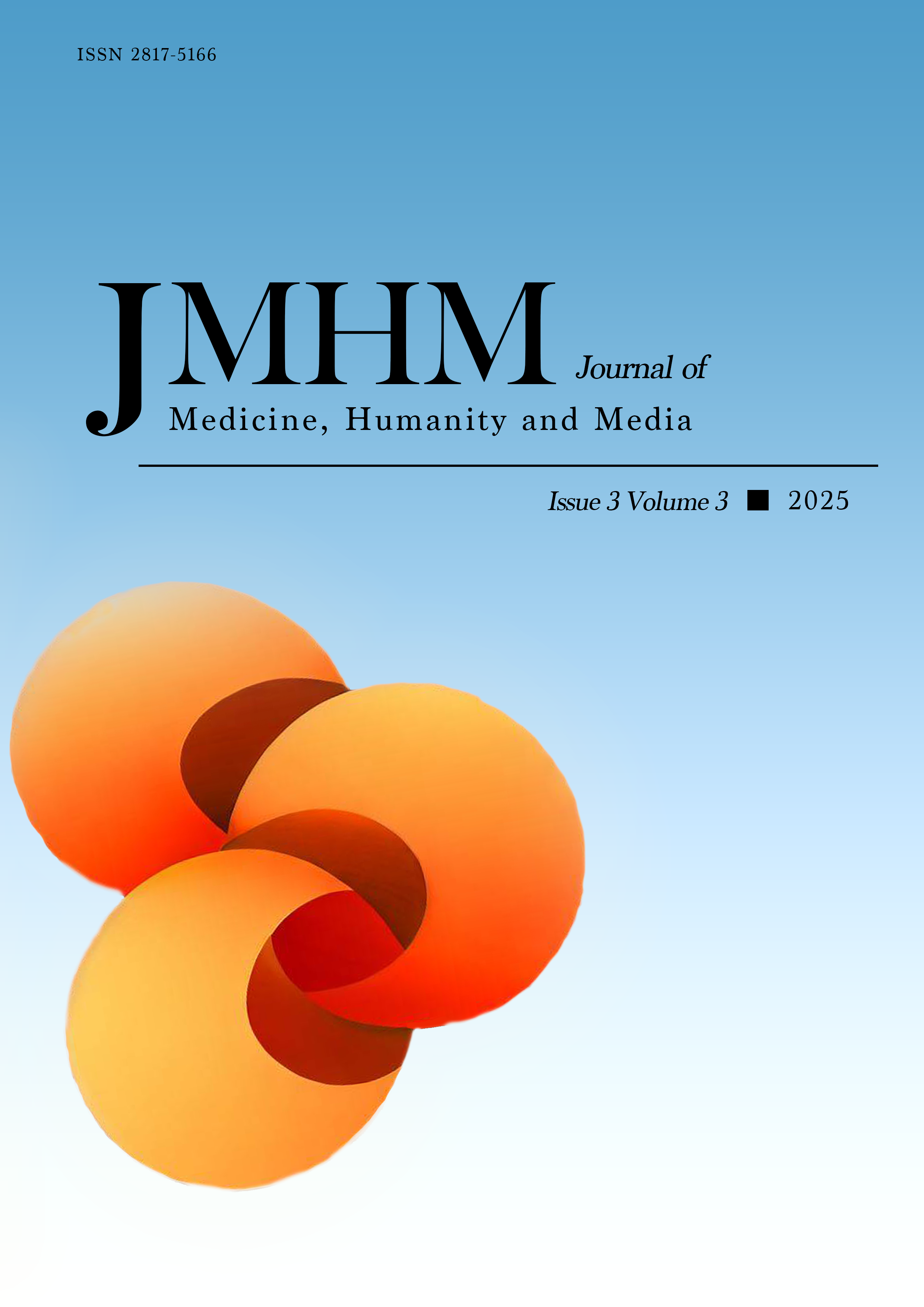A Qualitative Comparative Analysis of Health Narrative Communication Effects of Government TikTok Accounts
DOI:
https://doi.org/10.62787/mhm.v3i3.182Keywords:
Health communication, Narrative strategy, Government social media, Qualitative comparative analysis, Public engagementAbstract
Objective: This study aims to explore the narrative communication effects of health-related content on government TikTok accounts, with the goal of identifying effective strategies that enhance public engagement and improve health communication outcomes.
Methods: Using the TikTok account of the Shenzhen Health Commission as a case study, this research employs crisp-set Qualitative Comparative Analysis (csQCA) to examine the narrative strategies used in 46 health-related short videos. Key variables, including knowledge cues, belief cues, action cues, and narrative style, are analyzed to identify effective pathways for health communication.
Results: The csQCA analysis reveals 11 distinct narrative paths with an overall consistency of 1.0 and coverage of 0.815. Among these, three primary paths—"Edutainment Short Drama," "Collaboration with Internet-Famous Doctors," and "Emotional Resonance Short Drama"—demonstrate the strongest explanatory power for successful health communication outcomes. The combination of professional medical knowledge, immersive perspectives, and engaging audiovisual techniques is crucial for driving audience interaction.
Conclusions: The findings suggest that high-quality narrative strategies—particularly those incorporating emotional appeal, expert collaboration, and technical audiovisual elements—significantly enhance the communication impact of short videos related to government. These insights can guide the development of more effective health communication practices for local government social media platforms.

